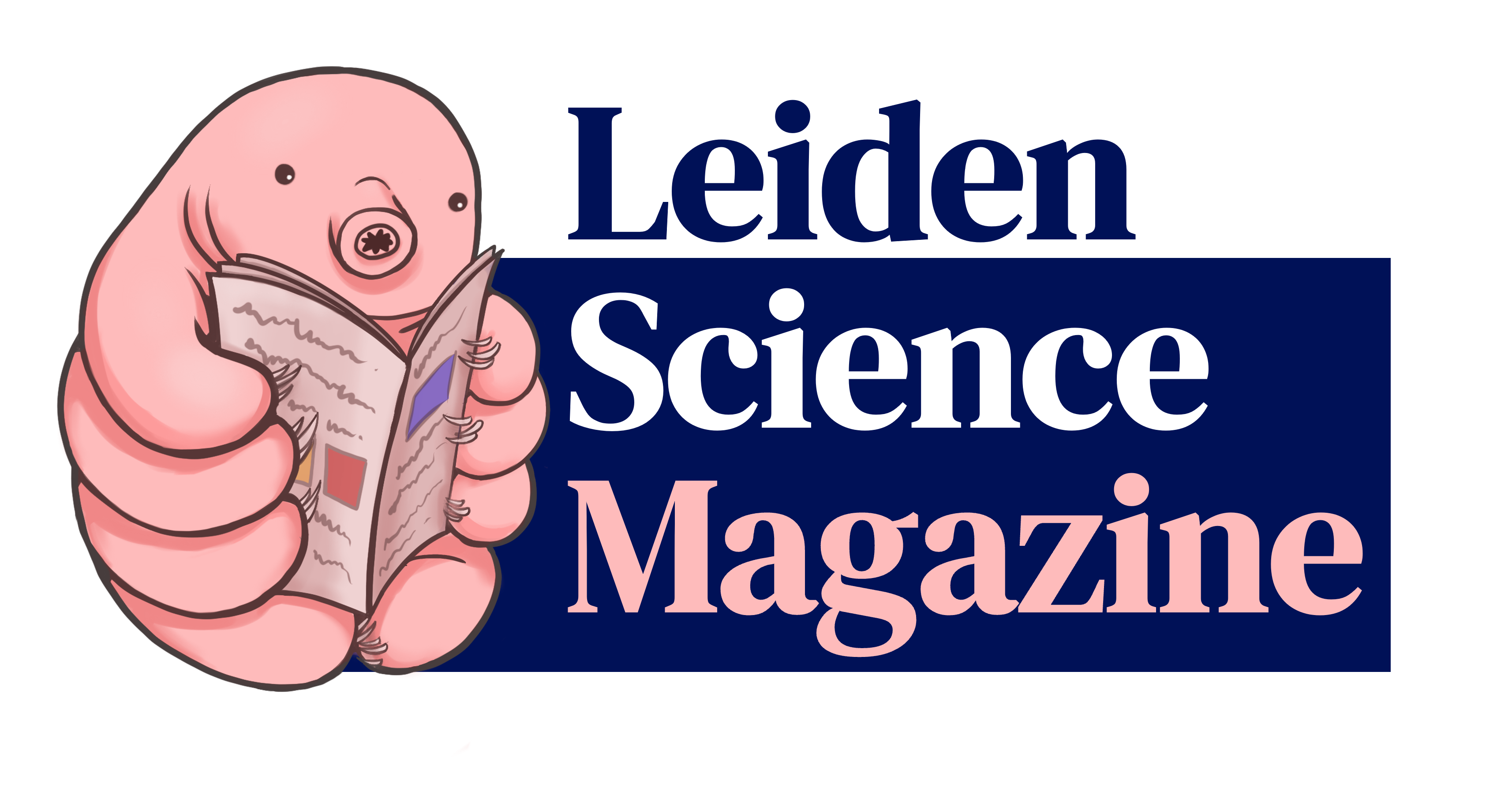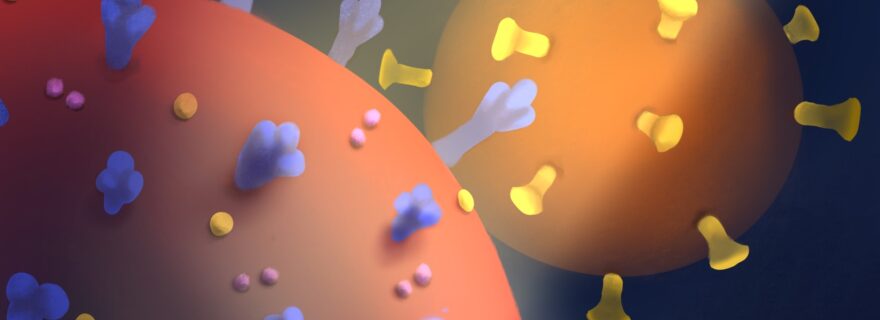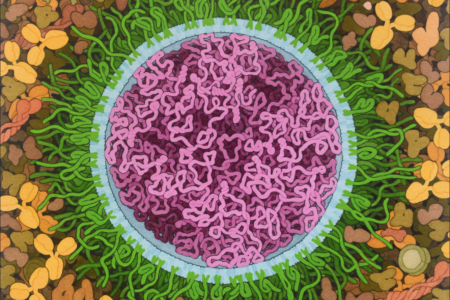The pandemic you forgot about - Part I
Corona has halted much of life. But in the meantime, other pandemics rage on, like the on caused by the HIV-virus. Or had you already forgotten about that one?
Many of us are familiar with how viruses approach their unconscious craft of invasion and replication. In the era where one of these genetic packages has brought our civilization to a grinding halt, how could we not be? But not all viruses are the same; in their function and in their effect. SARS-CoV-2 (the virus that causes Covid-19) is typical, in that it enters the body, binds to a specific receptor on a specific cell, enters that cell, and proliferates. The body's response is typical as well. The immune system detects the invader and sets about mounting a bold resistance. But what happens when viruses hide? In the reservoirs of your body where the immune system cannot survey, or perhaps in the corners of society where people choose not to look. The answer is a global pandemic that has claimed the lives of over 32 million people, and continues to do so at a rate of 700,000 human beings a year. The answer is HIV.
“HIV (human immunodeficiency virus) sort of hides in our cells”, says Henrieke Prins of Erasmus MC Hospital in Rotterdam. Hoodie and headphones on, the PhD candidate continues, “It integrates in our genome, and there it keeps itself silent. In a latent state”. The clinician, who treats some of the 23,700 people in the Netherlands living with HIV, explains the virus’s tricky ploy. “Normally DNA will transcribe to RNA, which will then be transcribed to proteins. But instead, this virus has a technique to reverse transcribe. Which means it can go from RNA to DNA, and then it integrates in your DNA”. HIV does this in a number of different cells. Most notably in CD4 cells, which are immune cells that coordinate the body's defensive response to detected viruses and other pathogens.
Over time, the CD4 cells hosting the viral transplant will die and the body slowly becomes vulnerable to ‘opportunistic infections’ characterised by the syndrome AIDS (acquired immune deficiency syndrome). Prins’ patients are fortunate that the hard work of AIDS activists, HIV researchers and pharmacologists has produced tremendously effective treatments that can provide them with normal life expectancies. Not only that, but the regimens of antiretroviral drugs, which disrupt the life-cycle of the virus at various points, can completely suppress the virus to the point of being undetectable and untransmittable. This idea of undetectable equalling untransmittable (or U=U) is a message firmly pushed by the UN, that often fails to overcome the fear and stigma of years gone by. This is something that Prins witnesses today, even in medical communities, “Being undetectable and not being transmissible are things that even in the hospital are not always known... it remains important to spread this message. U=U is a milestone in the fight against HIV and its stigma.”.
Of course, when compared to the climate of fear that existed in the 1980s and 90s – recently recreated quite palpably in the TV series, ‘It’s a Sin’ – the public’s attitude towards HIV positive people has improved significantly. But perhaps that is because the vast majority of people don’t perceive HIV as a threat. In the Netherlands, HIV still overwhelmingly affects minority groups, with 63% of cases occurring in men who have sex with men. Vulnerable groups such as IV drug users and sex workers are also much more likely to contract the virus than the average person. But fear and stigma are not unique to HIV. Prins notes the similarities between the virus she studies and the one that propagated chaos as it shut down the world last year. “Nowadays there are these discussions on social media where people are like, ‘Oh, you know, people with high BMI, they are more likely to have a more severe course of the disease [covid]… or it's old people. Who cares about the old people?’ It's quite horrible to read these things, knowing the similarities. It makes me wonder, what have we learned from the previous pandemic?”
One thing we may have learned from the HIV pandemic are lessons in treatment for novel and dangerous diseases. HIV activism in the US and elsewhere, from groups such as ACT UP and TAG, was game-changing in terms of the influence it had on treatment studies. Many effective therapeutics have been implemented to fight the covid pandemic, and the scientific methodologies that facilitated the discovery of their effectiveness can be at least partly accredited to that fight for progress in medical research some 30+ years ago. It’s a fight that is beautifully documented in the film, ‘How to Survive a Plague’, in which people suffering with the very worst symptoms of AIDS dream of a cure that they fear will never come.
Mercifully, as has already been mentioned, the discovery of drugs like antiretrovirals mean that most people being treated for HIV become and remain undetectable, let alone experience severe symptoms. But this is not a cure. Daily attention must be paid to medications by people living with HIV, and there is always the chance that the drugs become less effective and require difficult transitions. Covid, on the other hand, is a different story. Within less than a year of the ominous news stories coming out of Wuhan, China, vaccines for the coronavirus had been conceived of, produced, tested and distributed to large numbers of people. HIV has held a place in the medical literature for 40 years, and we still do not have a vaccine with anywhere near the potency of the half dozen covid vaccines currently in use. Why?
“HIV is very difficult", as Prins puts it, with a touch of resentment for her viral adversary carried in her tone. “It's just very difficult because it's sloppy. So it mutates very quickly, so you mount an immune response to certain proteins that then start to change. And then combined with the fact that it integrates in your genome, makes it difficult for anyone to get rid of the virus". This instability of HIV along with its clandestine habits make it a point of frustration for vaccine producers, but the revolutionary vaccine technologies introduced this year may help us chart a way towards an HIV vaccine. The mRNA vaccines from Pfizer and Moderna take a more direct approach to triggering immunity in patients, compared to vaccines that have come before.
Typically, vaccines introduce an imitation of the virus to the body, effectively simulating an infection, preparing the body for the real deal. mRNA vaccines take a similar approach. However, instead of giving you a harmless, but recognisable, version of the virus and its proteins, your cells are given the instructions to produce those recognisable proteins themselves. As we have seen with the covid vaccines, this can prompt an extremely potent immune response. Compared to HIV, SARS-CoV-2 evolves far slower, making it easier to develop a vaccine. Still, these advances in vaccine technology may help us tackle one of the big problems with HIV, which is that the body does not mount a strong immune response to the virus with its ‘latent’ qualities. Research into this is still in its infancy and Prins believes it will require a combination of strategies to really cure HIV, but there is certainly hope for the future.
In the meantime, we have available to us a program of drugs that work wonders against a disease that was once a death sentence. However, this use of the past tense only applies in the developed world. If you started reading this article without knowing the scale of the deadly grip that AIDS still has over our planet, then I’m sure the number 700,000 is still echoing through your mind. In many countries in Sub-Saharan Africa, AIDS remains one of the leading causes of death, accounting for more than a quarter of deaths in South Africa and Botswana in 2017. The majority of these fatalities are young adults who contract the disease through sex. But children under the age of five, who contract the virus during birth as it is passed on from a mother who is infected, make up a tragically high proportion of HIV deaths.
Henrieke Prins worries about the lessons we are failing to integrate from pandemics that have come before (and ones that still rage on); the fact that so many people still die when we have the means to prevent suffering from AIDS and the spread of HIV does not speak well to how we will handle the distribution of medicines and vaccines for covid. If the entire world had access to the same drugs that we have in the Netherlands, HIV could be wiped out in one generation. This shows that we have the tools to do something, but consistently fail to find the will and compassion to help those that we cannot see. It’s time to realise that we are one world with two deadly pandemics, and that we must do better.
This article is one of two articles about HIV. The second part will look into the personal experiences of people living with HIV in the Netherlands. Stay tuned for that. If you’d like to know more about HIV/AIDS, here are some resources for you to check out:
- Our World in Data – https://ourworldindata.org/hiv-aids
- HIV Association NL – https://www.hivvereniging.nl/
- UN AIDS – https://www.unaids.org/en





0 Comments
Add a comment